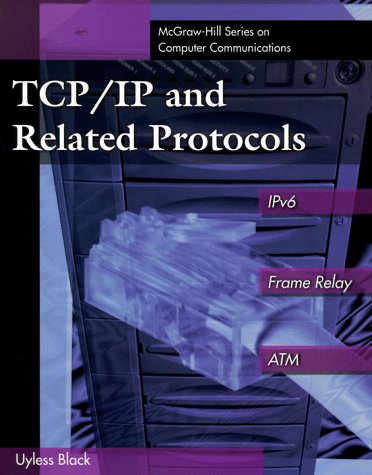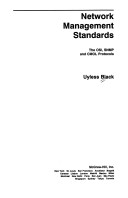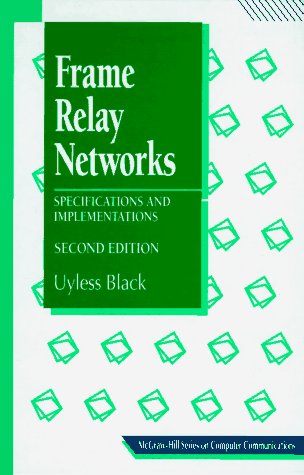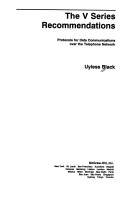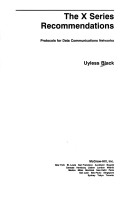McGraw-Hill Series on Computer Communications
5 total works
This is an introduction for TCP/IP users. Designed for relative newcomers and experienced network professionals alike. It explains the basics through IPv6 (the latest TCP/IP release) from a user's perspective. Readers with a core understanding of networking and data communications should be able to use the book/CD-ROM to get up to date quickly with TCP/IP and its related/supporting protocols, while more advanced users should be able to learn how to integrate TCP/IP with new technologies, such as Frame Relay and ATM.
A concise and detailed examination of the OSI, SNMP, and CMOT network management standards, explaining the framework, major functions, management issues, migration, and implementation problems of each. Coverage includes CMISE, CMIP, TCP/IP, and internet architecture issues.
The frame relay market is booming-Computer Shopper magazine reported in its December 1994 issue that total revenue in the field is expected to grow from $485 million in 1994 to $2.4 billion in 1997. An indispensable guide for network designers, administrators, engineers, and their managers, this practical tutorial is completely revised to include the latest data on frame relay architecture, standards, and associated technologies. Author Uyless Black has expanded the material on frame relay multicasting and other aspects fo frame relay operations, as well as how frame relay relates to TCP/IP. He includes a new chapter on performance issues and explains how frame relay fits into current and emerging technologies. This second edition also contains a number of new implementation examples.
This book offers practical coverage of hard-to-read CCITT communications standards and protocols. The V Series Recommendations have become some of the most widely-used specifications in the world for defining how data is exchanged between computers and communications equipment, such as modems and multiplexers over the telephone networks. This guide provides a tutorial and reference for data communications professionals involved with implementing these standards in their systems. Readers will gain practical insight into the implementaion of V Series interfaces, voice-band and wide-band modem protocols, error detection and control techniques, loop-back test and other diagnostic procedures, and internetworking using terminal adapters with ISDN internets with V Series modems.
This handbook breaks down the detailed definitions and descriptions of the X Series Recommendations into an accessible reference format. It explains the operations of, and interfaces to, data communications networks which follow international CCITT standards. This guide describes X.2 facilities, X.1 service classes, the X.31 internetworking standard, the OSI model, transmission protocols, networks with ISDN, telephone networks, satellite networks, X.500 directory applications and more.
